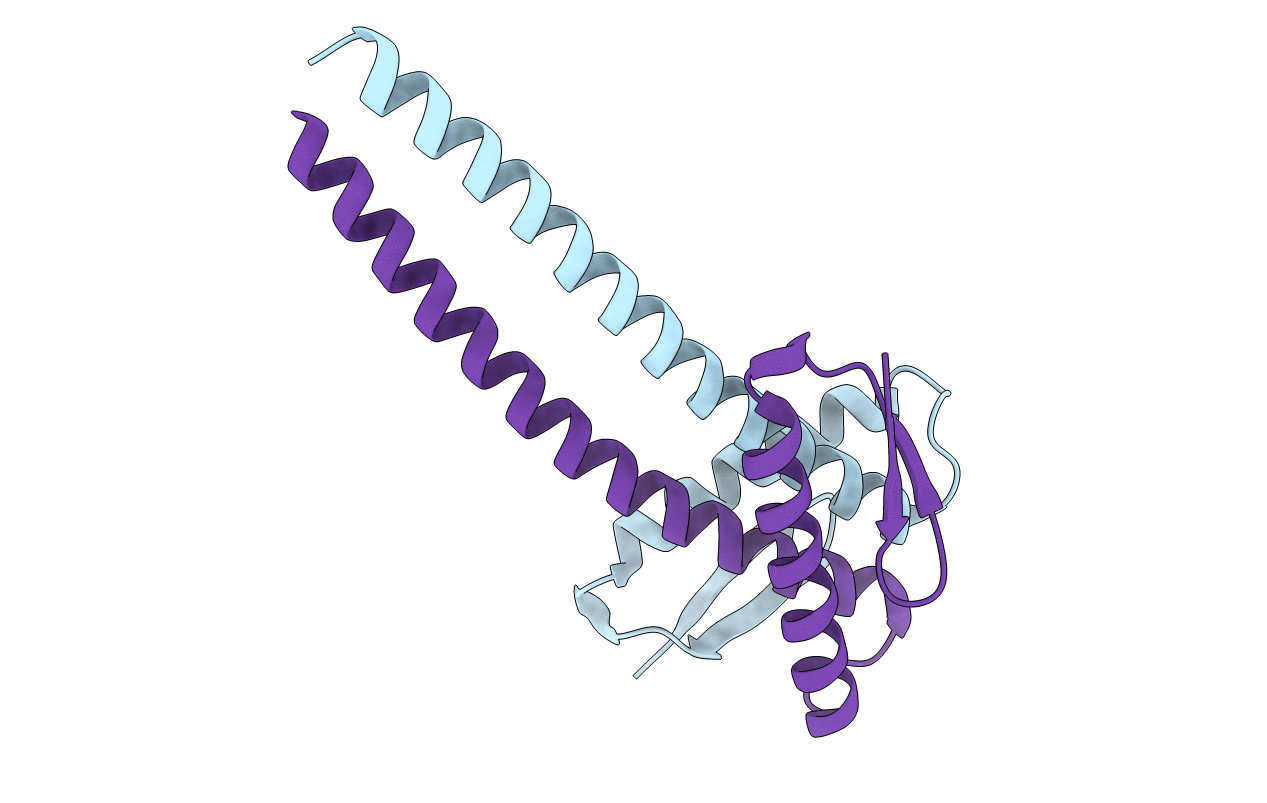
Deposition Date
2004-07-01
Release Date
2004-07-19
Last Version Date
2024-10-23
Entry Detail
PDB ID:
1W2E
Keywords:
Title:
The Crystal Structure of the Bacterial Cell Division Protein ZapA
Biological Source:
Source Organism:
PSEUDOMONAS AERUGINOSA (Taxon ID: 287)
Host Organism:
Method Details:
Experimental Method:
Resolution:
2.80 Å
R-Value Free:
0.28
R-Value Work:
0.24
R-Value Observed:
0.24
Space Group:
P 41 21 2


